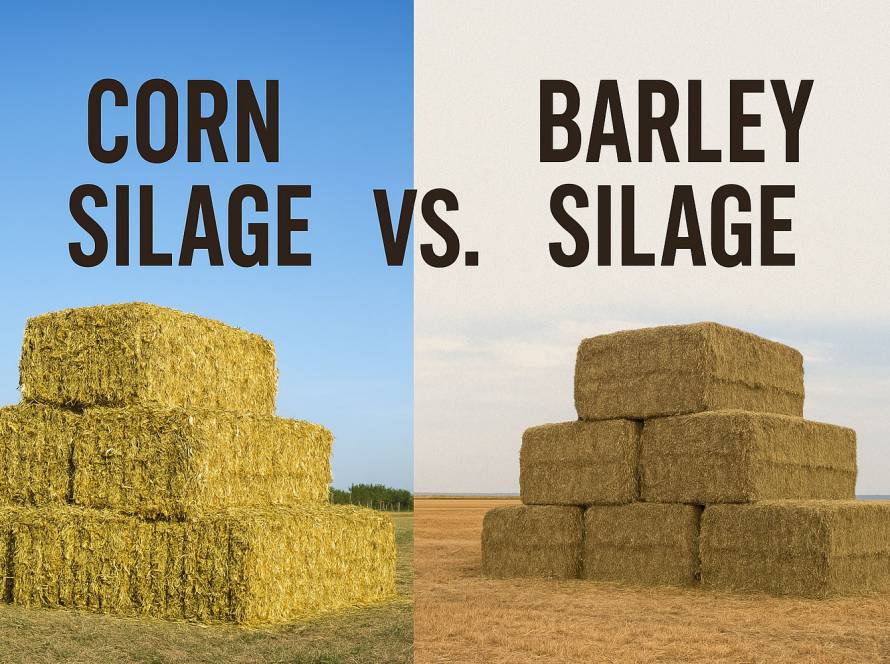Livestock farmers in hot and arid regions often face challenges in maintaining consistent, high-quality feed for their animals. Traditional silage, though effective in moderate climates, can quickly spoil or lose nutritional value in extreme heat. This is where dehydrated silage comes in as a sustainable, nutrient-rich, and long-lasting solution.
1. Longer Shelf Life
One of the biggest advantages of dehydrated silage is its extended storage life. In hot climates, conventional silage can ferment too quickly or get moldy, leading to feed loss. Dehydrated silage, with its reduced moisture content, resists spoilage and can be stored for months without losing quality.
2. Maintains Nutritional Value
Dehydration locks in essential nutrients like proteins, fibers, and energy. This ensures livestock receive consistent nutrition even during dry seasons when fresh forage is scarce.
3. Easy Transport and Storage
In hot climates where resources are often spread out, transporting bulky, moist silage can be difficult. Dehydrated silage is lighter and more compact, reducing transport costs and storage space requirements.
4. Reduces Risk of Mycotoxins and Spoilage
Excess moisture in traditional silage creates conditions for mold and toxins, which can harm animal health. By reducing water content, dehydrated silage significantly lowers the risk of contamination, keeping feed safer for livestock.
5. Consistent Feed Supply During Drought
Hot climates often suffer from seasonal droughts, limiting green fodder availability. Dehydrated silage offers a reliable, year-round feed option, helping farmers bridge feed gaps during critical times.
6. Improves Animal Performance
With its preserved nutrients and ease of digestion, animals fed on dehydrated silage often show better milk yield, growth rates, and overall health compared to those relying solely on dry forage or poor-quality silage.
Conclusion
For farmers in hot and dry regions, dehydrated silage is more than just feed—it is a strategic tool for food security and livestock productivity. By ensuring long shelf life, nutritional stability, and safe storage, it provides a sustainable way to tackle the challenges posed by harsh climates.



